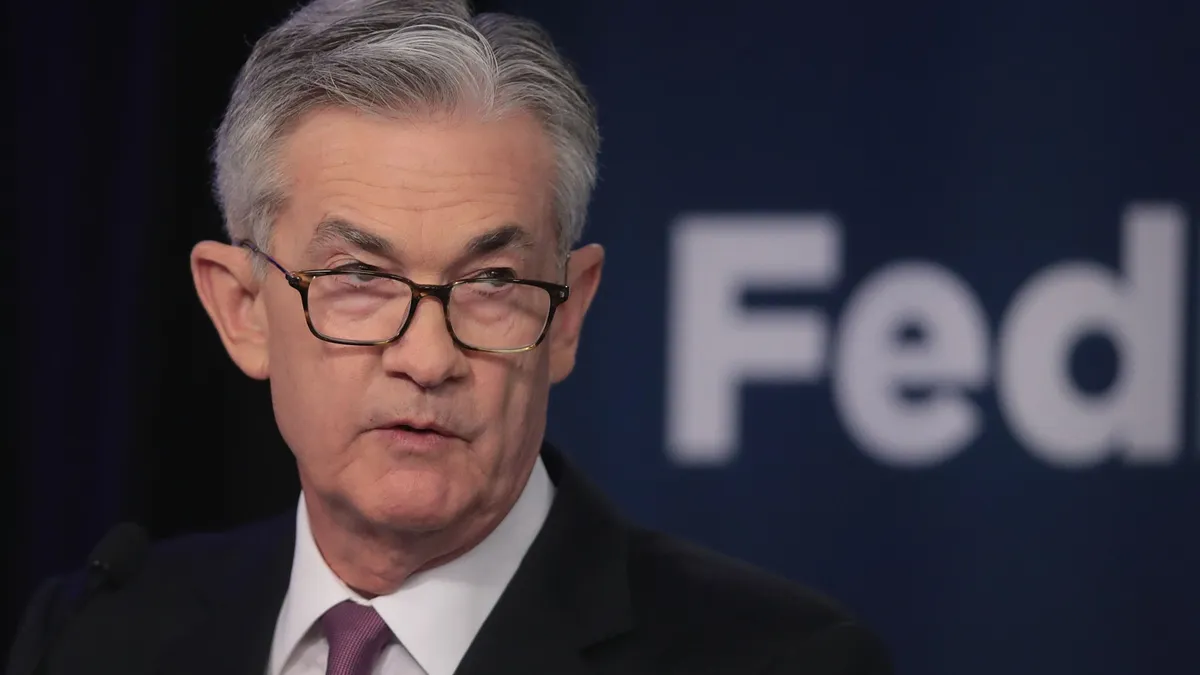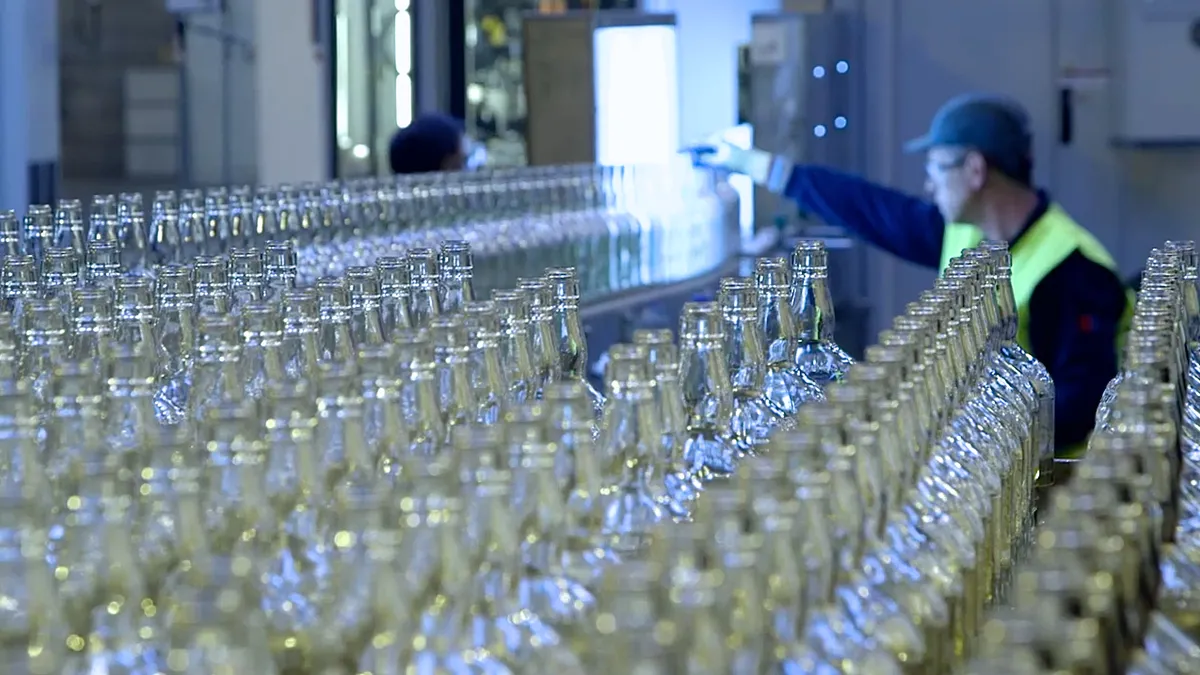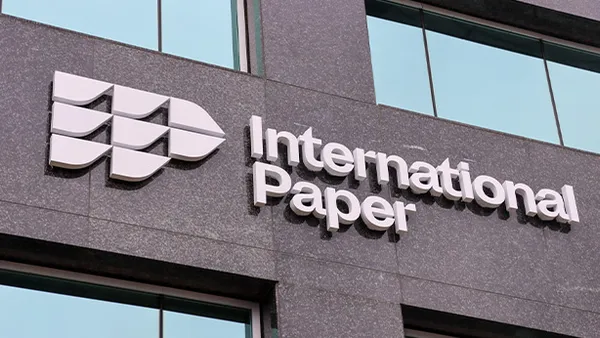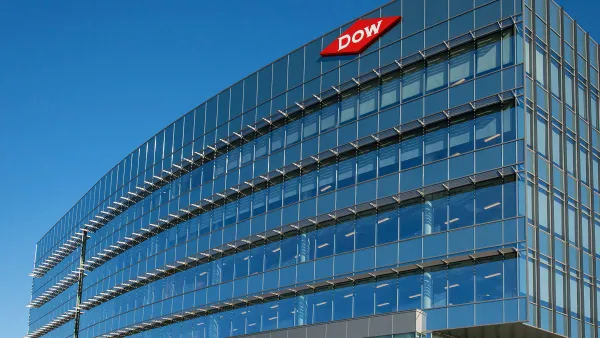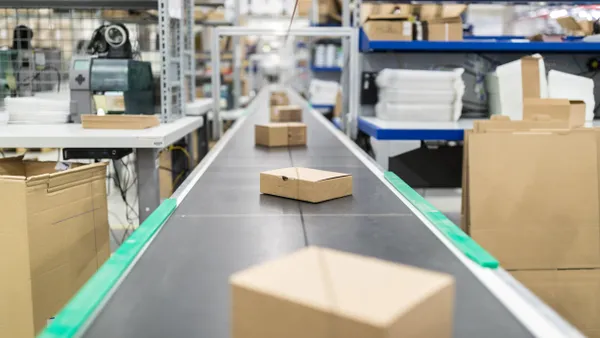Dive Brief:
- The Federal Reserve raised the main interest rate by a quarter percentage point on Wednesday, stepping up its most aggressive fight against inflation in four decades amid the worst banking system instability since the financial crisis of 2008.
- Policymakers altered their guidance on the future path of rate hikes with the expectation that banking turmoil will lead to tighter credit, Federal Reserve Chair Jerome Powell said during a news conference. “We no longer state that we anticipate that ongoing rate increases will be appropriate to quell inflation,” he said. “Instead, we now anticipate that some additional policy firming may be appropriate.”
- The Fed remains committed to reducing inflation to its 2% target, Powell said after the Federal Open Market Committee unanimously decided to increase the federal funds rate to a range between 4.75% and 5%. “At the end of the day, we will do enough to bring inflation down to 2% — no one should doubt that.”
Dive Insight:
Fed officials, in a median projection, forecast that they will hike the benchmark interest rate to 5.1% by the end of 2023, no change from their forecast in December. Powell noted that a slump in credit due to stress in the banking system may bring the same result as an additional increase in the federal funds rate.
“The events of the last two weeks are likely to result in some tightening credit conditions for households and businesses and thereby weigh on demand on the labor market and on inflation,” Powell said.
“Such a tightening of financial conditions would work in the same direction as rate tightening in principle — as a matter of fact, you can think of it as being the equivalent of a rate hike,” he said, adding that a cut in the federal funds rate this year is not the Fed’s “baseline expectation.”
While flagging the possible high impact on credit from recent banking turbulence, Powell voiced confidence in future stability. “Our banking system is sound and resilient with strong capital and liquidity.”
The mid-March failure of three regional U.S. banks and government-led takeover of Switzerland’s Credit Suisse sparked speculation that Fed policymakers would pause after eight straight increases in the main interest rate from a record near-zero low early last year.
Yet financial market stress eased, and share prices of several regional banks rose, following comments Tuesday by Treasury Secretary Janet Yellen that the government could protect depositors at other banks if needed. Also, inflation, while slowing from a 40-year high last year, has persisted well above the central bank’s target.
Fed officials forecast that their preferred measure of inflation — the core Personal Consumption Expenditures price index — will fall by December to 3.6% from 4.7% in January. In December they predicted, according to a median estimate, that core PCE would be 3.5% at the end of 2023.
Another measure of inflation excluding volatile food and energy prices, the so-called core Consumer Price Index, rose 0.5% in February, the most in five months, and 5.5% compared with a year earlier.
Consumer spending and hiring have also remained robust this year, prompting Powell in March 8 congressional testimony to say the central bank may increase the main rate higher than anticipated.
Such expectations evaporated after the failure of Silicon Valley Bank triggered turmoil across the banking system and prompted federal banking regulators to announce emergency backstops, including a Fed program to help banks meet withdrawals by depositors.
The Fed is determining why its regulators failed to ensure Silicon Valley Bank corrected weaknesses that led to a sudden withdrawal of deposits, and welcomes outside investigations, Powell said.
Powell acknowledged the potential pain to businesses and households from reducing inflation to the Fed’s target. “There are real costs to bring it down to 2%, but the costs of failing to do so are much higher.”
Despite the cloudier outlook for banking and credit, Powell said that the Fed may still be able to achieve a “soft landing” for the economy, or curb inflation without causing recession. “That pathway still exists and we’re certainly trying to find it.”




